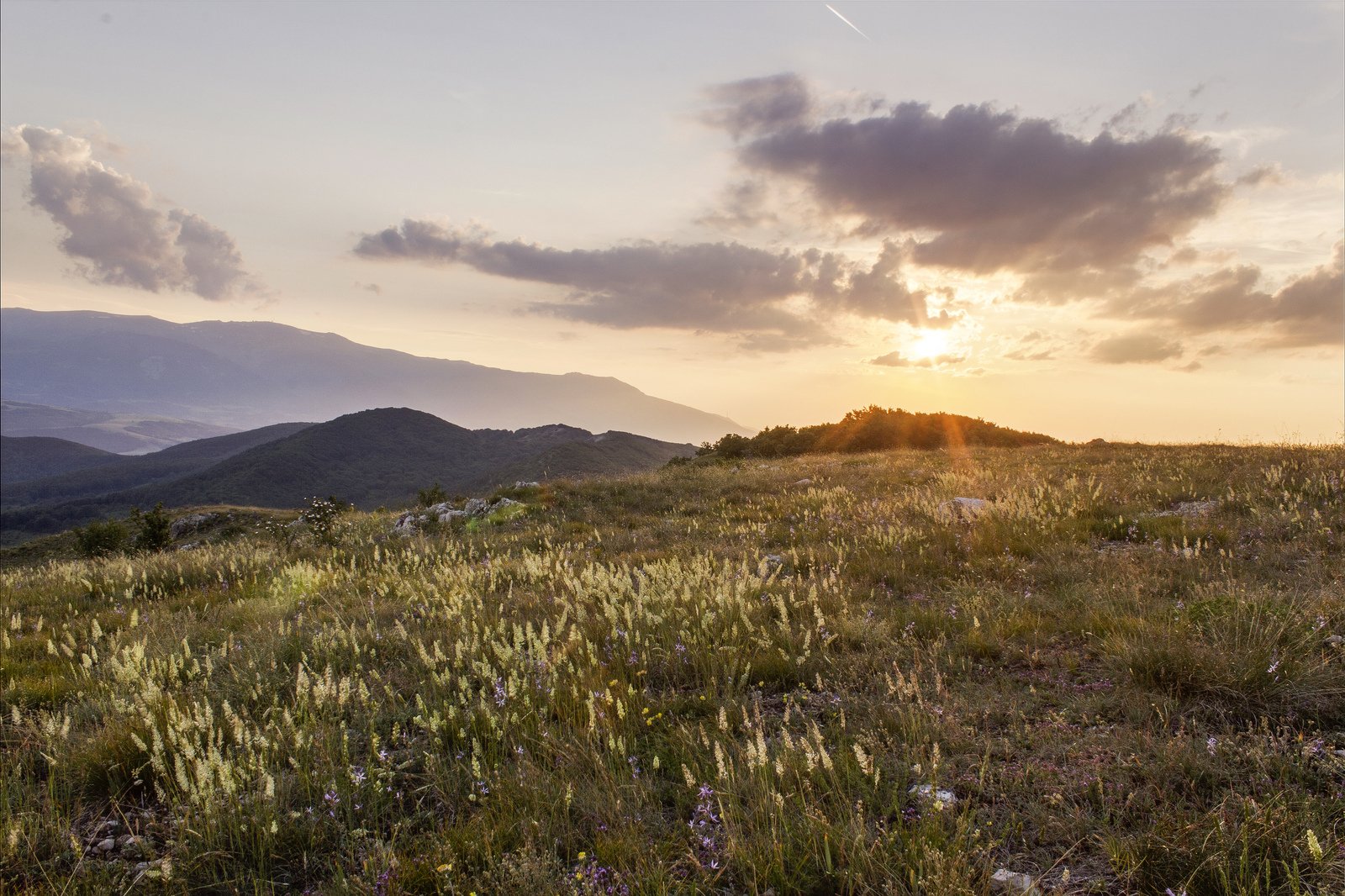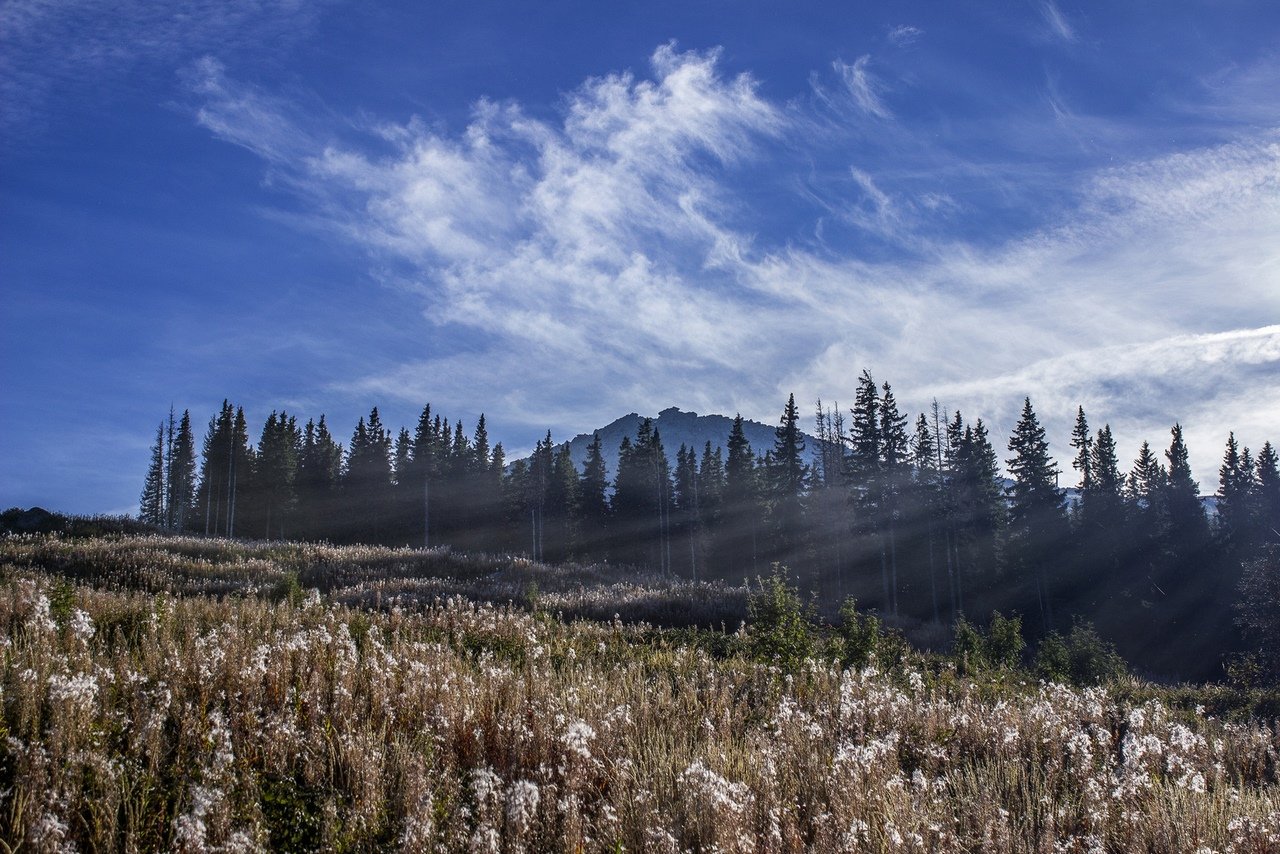Vitosha Nature Park
Vitosha National Park is located in Bulgaria, near the southern outskirts of the capital Sofia. Thanks to the Vitosha mountain peak, locals and tourists have a unique opportunity to get away from the hectic pace of the city and immerse themselves in the atmosphere of majestic nature, which is breathtaking to behold.










Video: Vitosha National Park
” title=”YouTube video player” frameborder=”0″ allow=”accelerometer; autoplay; clipboard-write; encrypted-media; gyroscope; picture-in-picture; web-share” allowfullscreen>%https://www.youtube.com/embed/-fSwcXyGRwc” title=”YouTube video player” frameborder=”0″ allow=”accelerometer; autoplay; clipboard-write; encrypted-media; gyroscope; picture-in-picture; web-share” allowfullscreen> Contents- General information
- History of Vitosha Mountain
- Sights of the natural park
- Ski slopes
- How to get there
General Information
Vitosha Nature Park covers an area of 27,079 hectares. It is the first nature park in Bulgaria and on the Balkan Peninsula. The Vitosha mountain range has the shape of a huge dome and stretches 19 km long and 17 km wide. The highest point is Cherni Vrych or Black Peak (2290 meters). In addition to it, there are a dozen other peaks on the territory of the reserve with a height of over 2,000 meters.
.This protected region is a habitat for many representatives of flora and fauna, including the rarest species. The plant world of Vitosha Park includes 500 species of freshwater algae, 805 species of fungi, more than 360 species of mosses and lichens, as well as 1,500 species of higher plants. Depending on the season, more than 200 species of birds can be found here. Among large mammals it is worth mentioning the fallow deer, red deer, bear and wolf.
.
History of Mount Vitosha
In ancient geography, the mountain was called Skomii or Skombre. If we believe the ancient Greek historian Thucydides, the river Strymon originated from here. Aristotle also wrote in Meteorologica that the Strimon, Nessus, and Gebræ flowed from Scombre.
.
The mountain got its actual name after the male name Vitosha. The mountain massif was first mentioned in the 11th century.
.
Tourists began to develop this area in the XIX century. On August 26, 1895, 300 mountaineers climbed the peak of Cerni Vrych. Since then Vitosha has become an object of worship for thousands of mountaineers.
.
Sights of the natural park

The second nature reserve on the territory of Vitosha is called “Torfeno branishte”. It is located in the highland part of the natural park and is famous for its peat bogs and bog vegetation. It is closed to the public.
.A striking attraction of the natural park is the Duhlata Cave. It is the longest cave in Bulgaria, the total length of the galleries exceeds 18 km. The cave system is located on 6 floors. Only experienced travelers accompanied by a guide with special equipment can enter the Duhlata Cave.
.Tourists who are not ready to experience difficulties are happy to go to another point of Vitosha Park – “Golden Bridges”. Their symbol is a river of stone boulders.
Boyan Waterfall and Boyan Lake are also among the top places of the natural park. The number of their admirers increases rapidly during the summer months.


Flower lovers will remember a visit to the Vitosha Arboretum. More than 350 species of trees and flowering shrubs grow on 140 hectares. There are paths, fountains with drinking water, pavilions, benches, small artificial lakes on the territory of the arboretum. The arboretum also takes care of people with disabilities – blind people and people with locomotor apparatus disorders. A special alley is opened for their convenience. Children can play on the equipped playgrounds. In this area you can go to museums – bear, dragonfly and owl.
In the mountains are nestled monasteries – Dragalevski, Kladniski, Kokalianski. In the Bojana quarter there is the famous Bojana Church, which is a UNESCO World Heritage Site.
.

Ski slopes
In winter, snowboarders and skiers flock to Vitosha Nature Park. The total length of the ski slopes is 29 km, with the longest taking up 5 km. The maximum height difference is 780 meters. The capacity of the slopes is 3,600 people per hour.
.Guests of the park are welcomed by two ski centers – “Aleko” and “Konyarnika”. “Aleko” is located at an altitude of 1800 meters above sea level and offers slopes for beginners and experienced skiers. The center can be reached by cabin or chairlift. In winter the elevator is open daily from 9.00 to 16.00.
.“Konyarnika” is located a little lower – at an altitude of 1507 meters. There are also enough “blue” and “green” pistes. The popularity of these places is evidenced by the queues: waiting for a place on the elevator can take up to half an hour.
.
A ski pass for a full day costs 35 BGN, for a half day – 22 BGN.
.
How to get there
Most tourists buy airplane tickets to Sofia, and from there get to Vitosha National Park by public transportation or cab. From Moscow to Sofia there are more than 50 daily flights of airlines, including Aeroflot, Turkish Airlines, Air Berlin, Bulgaria Air. A direct flight takes about 3.5 hours.
. You can get to the park by bus number 123. Every hour it departs from the metro station “G. M. Dimitrov” and goes to the funicular “Simeonovo Aleko”. Travel time is 20 minutes and the ticket price is 1.6 BGN. The elevator takes passengers to the mountain in 25 minutes, costs 15 BGN round trip..Another option is to get from Sofia to Aleko on the 66 bus for 4 BGN. It departs from the Hladilnika terminal, making 10 trips a day (8:00 to 19:45) on weekends and 4 trips on weekdays..Route No. 41 runs from the capital to the center of Simeonovo.
.